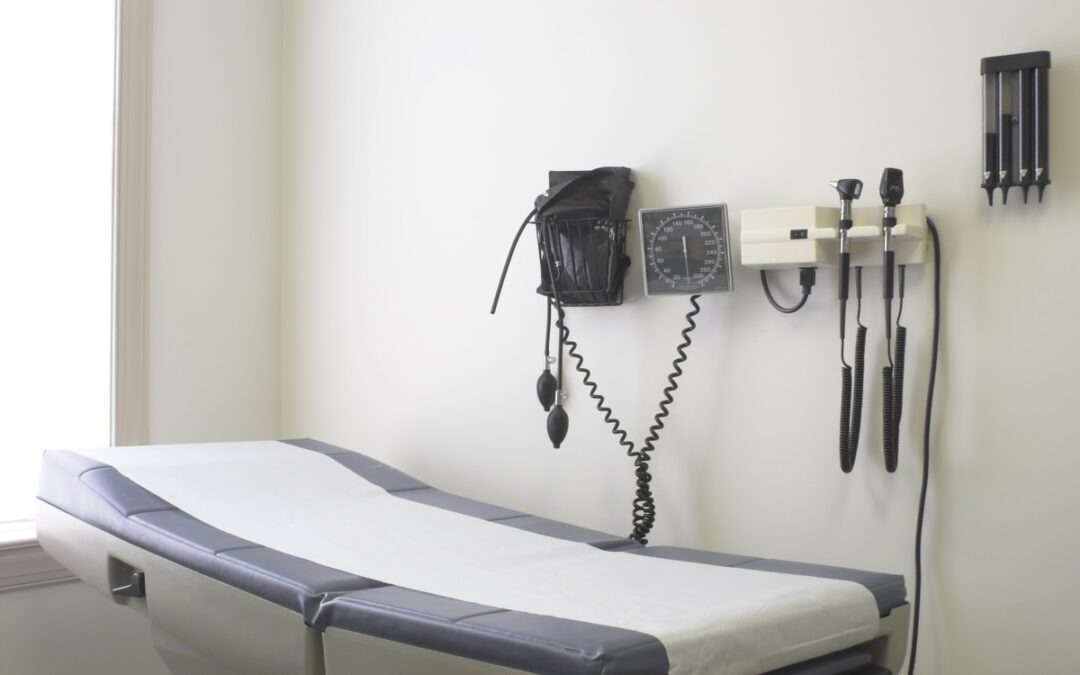Fortunately, as of September 15, 2017, the three major credit bureaus – Experian, Equifax and TransUnion – have launched a new policy in order to provide temporary, yet significant relief to those with medical debt. There is now a 180-day grace period (6 months) before unpaid medical bills show up on an individual’s credit report. Make sure that you understand these three important facts about medical debt and how to access this grace period. It can provide your employees not only peace of mind, but will help protect your employees’ credit scores – and maybe your own as well.
1. Medical Debt is Very Common
Not only does medical debt make up two-thirds of all debt in collections, but it’s also virtually impossible to avoid in the instance of an unexpected illness or injury, no matter the size. Over 60 percent of households with medical debt report that the debtor was covered by health insurance at the time of injury – meaning that their overwhelming medical debt is likely a post-insurance-coverage balance. Those who are Insured, often find themselves in the dilemma of being expected to pay the balance of their medical bills upfront while waiting for reimbursements from their insurer, which can take months to years. In the meantime, these large, unpaid expenses (bills often reach into the five and six-figure mark) seriously harm credit scores. Those who are uninsured, have a chronic illness or have a disability – or have a family member who does – have even more of a problem paying back medical debt due to the high, accumulating costs and interest rates.
2. The New Policy Can Help Your Employees
In addition to the 180-day grace period (not adding medical debt to credit reports until the 6 month mark), this new policy will remove any existing or added medical debt from a person’s credit report once the debt has been paid by the insurer. FICO and VantageScore, two credit-scoring companies that create models for calculating credit, have updated their formulas to reflect the reality that medical debt is not an accurate representation of a person’s credit risk. Moreover, individuals whose only debt is medical debt will receive a smaller penalization than those with combined debts – it has been shown that these individuals are much less likely to default on payments. Although this six month period of time will allow consumers to access their insurance reimbursements and pay back bills, keep in mind that many banks and other lenders have not adopted this new scoring model. Which, means that individuals may find that they have different credit scores based on where they look – and there is no way to control which credit score will be used by whom.
3. Awareness is The First Step of Relief
To ensure that your employees reap the benefits of this new policy, make sure that they are aware of the changes. Previous medical debt will not be affected and will only be removed from credit reports seven years after it has become delinquent. Remind employees to check their credit report and monitor it regularly for inconsistencies – whether they have medical debt or not. Knowing the state of your credit report is the first defense against unwarranted debts, fraudulent accounts and other threats to your credit score.

